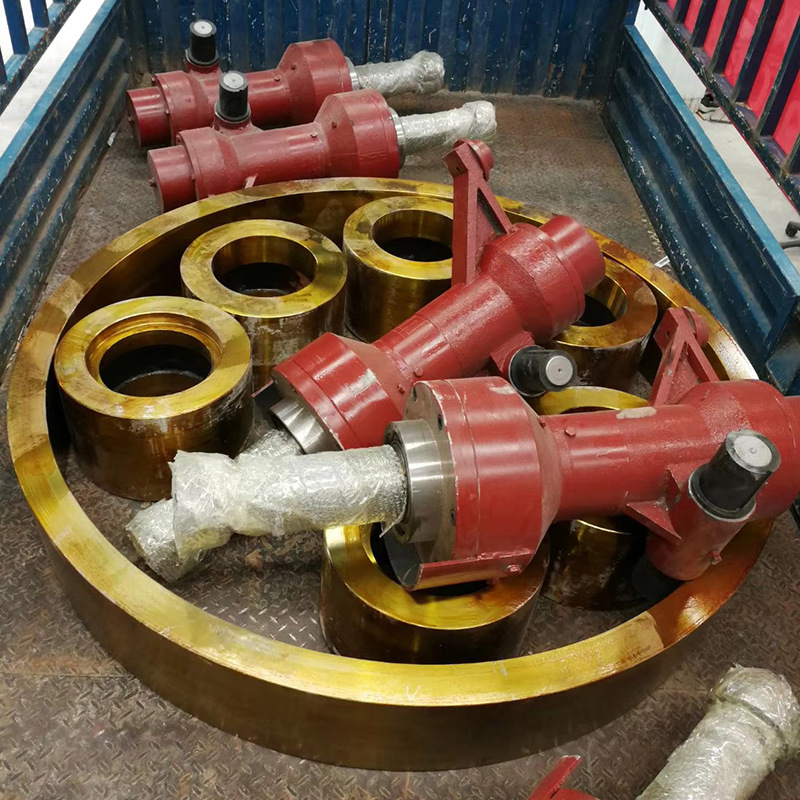How to address poor heat dissipation in the Raymond mill bearings depends on the specific situation, but here are some suggestions:
- Clean Ventilation Ports: Ensure that the ventilation ports around the bearings are clean and unobstructed to promote good air circulation.
- Increase Lubricating Oil Amount: Ensure an adequate amount of lubricating oil in the bearing system to effectively reduce friction and lower bearing temperatures.
- Check Oil Quality: Make sure the lubricating oil used meets specifications and is not degraded. Regularly change the lubricating oil to maintain its performance.
- Inspect Seals: Ensure that the seals around the bearings are intact to prevent dust and foreign particles from entering the bearings and affecting heat dissipation.
- Consider Cooling Equipment: For high-temperature environments, consider using cooling equipment such as fans or coolers to enhance bearing heat dissipation.
- Inspect Bearing Condition: Regularly inspect the condition of the bearings to ensure they are functioning properly. If necessary, replace worn-out bearings promptly.
- Optimize Workload: Ensure that the mill operates within a reasonable workload to avoid excessive loads leading to overheating of the bearings.
- Upgrade Bearing Material: If feasible, consider using bearings made of materials with better heat resistance and heat dissipation properties.
Please note that these suggestions are general, and specific solutions may need adjustments based on the particular model of the Raymond mill and its working environment. If the issue persists or cannot be resolved, it is advisable to consult with professional equipment maintenance personnel or the manufacturer.
